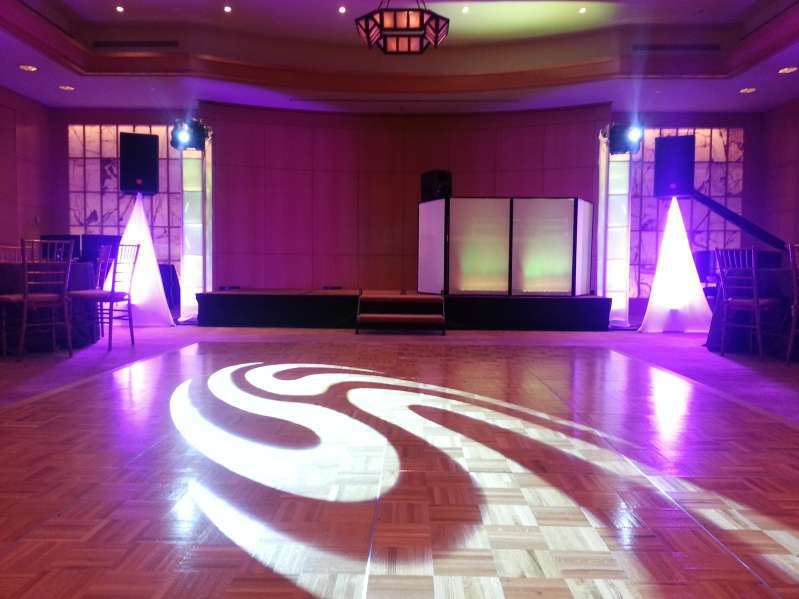A Life-changing Strength for Lighting at Enhancing Dancing Floor Visuals
Illumination plays a crucial role in shaping the ambiance of a dance floor. It can convert a simple space into an dynamic environment that enhances the complete experience for dancers and audience alike. The right lighting can affect the mood, dynamism, and even the type of the dance being executed. By using different types of lighting, such as spotlights, colored lights, and strobe effects, event organizers can create a lively environment that captivates the audience and encourages participation.
One of the key functions of lighting on a dance floor is to highlight the performers. Spotlights can be used to focus attention on individual dancers or groups, making them the center of attraction. This technique not only displays their actions but also adds a dimension of theatricality to the performance. When dancers are illuminated effectively, their facial expressions and techniques become more apparent, allowing the audience to appreciate their skills. This focused lighting can also help to establish a story, leading the spectators through the show.
In addition to showcasing performers, colored illumination can greatly affect the atmosphere of the dance floor. Different colors evoke different emotions; for example, warm colors view it now like red and amber can generate a sense of enthusiasm and vitality, while cooler colors like azure and emerald can encourage calmness and relaxation. By strategically using colored lights, organizers can manipulate the environment to match the theme of the occasion or the type of the performance. This considerate approach to lighting setup can improve the complete experience for everyone involved.
Strobe lights and other dynamic lighting features can also add thrill to a dancing area. These effects can create a sense of rhythm and movement that matches the music being performed. When timed with the rhythm, flashing lights can make the dancing area feel alive, encouraging dancers to groove in sync with the pulsing lights. This connection between light and music can elevate the vitality of the occasion, making it more enjoyable for both performers and spectators. The use of such effects requires thoughtful planning to ensure they improve rather than divert from the show.
Finally, the overall setup of the lighting arrangement is crucial for creating a cohesive look on the dancing area. A carefully planned lighting plan considers the configuration of the area, the kind of dance being performed, and the audience's experience. By combining different lighting methods, such as background lighting, highlighting, and special effects, planners can design a visually stunning setting. This focus to detail not only enhances the show but also creates a lasting impression on the spectators, making the occasion memorable. In summary, the powerful influence of lighting is vital in improving dancing area aesthetics, creating an captivating and pleasurable experience for all.